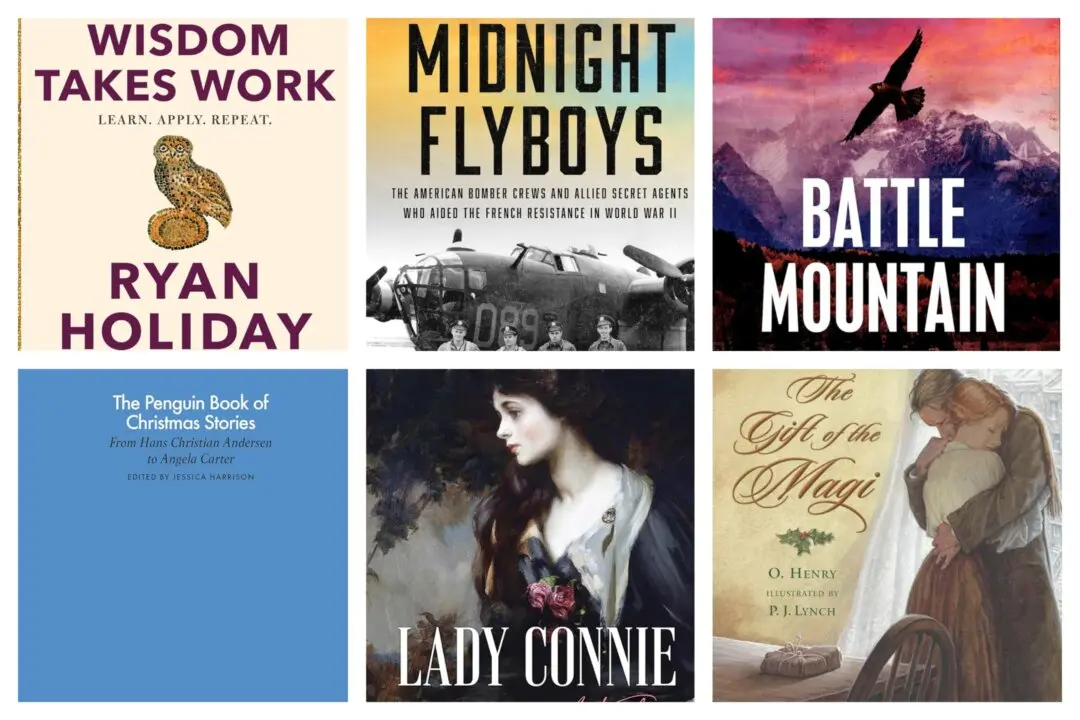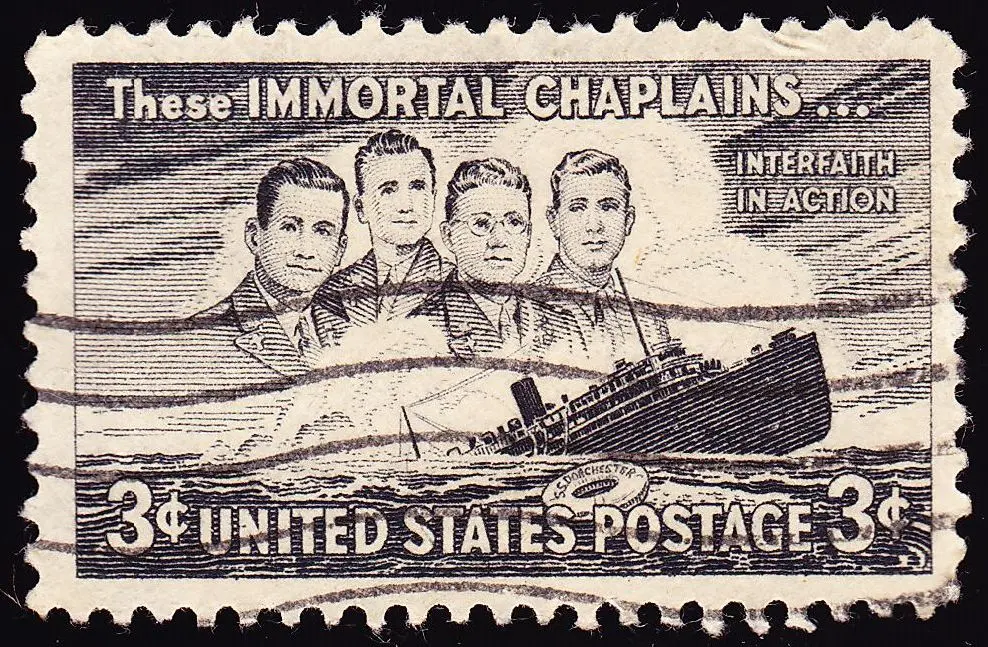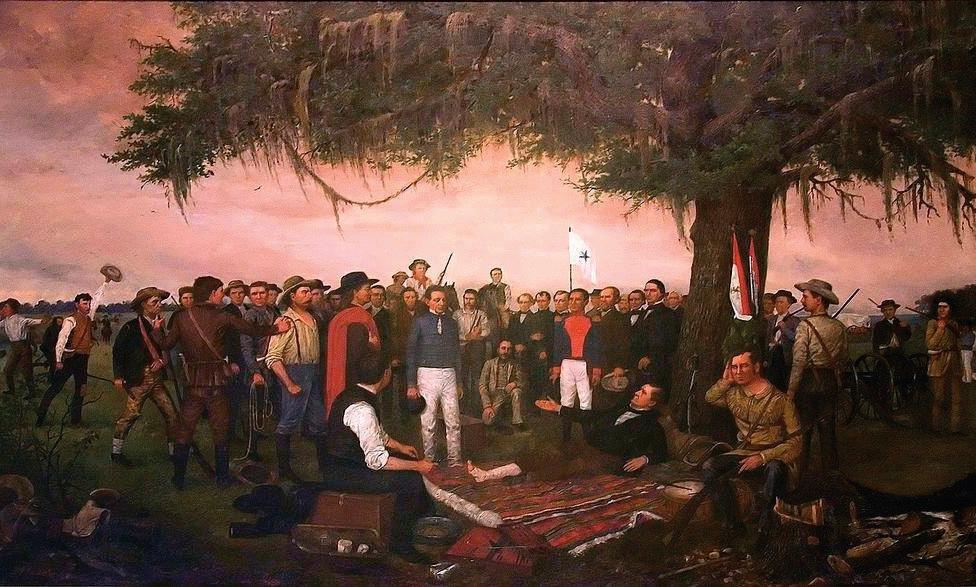It was early September and pouring rain when my friend John and I hopped aboard a time machine and traveled back into the 17th century.
I had arrived in America’s Historic Triangle, Tidewater Virginia’s Jamestown, Williamsburg, and Yorktown. To prepare for the journey, I had looked at online sites, read a book with some thumbnail sketches of these colonial settlements, and recorded notes from my investigations.






